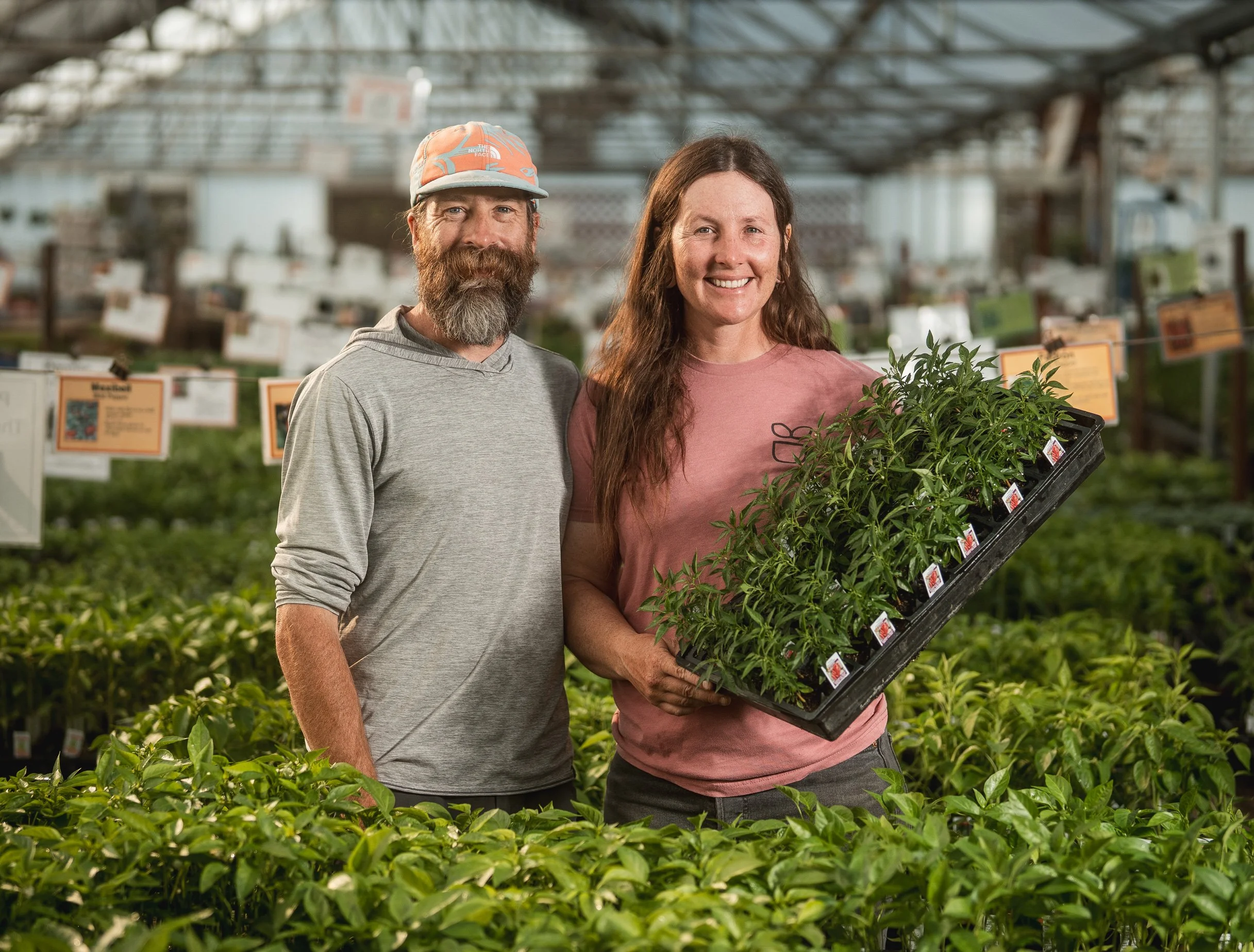NURSERIES
LAMBERT GROWERS
Hot Times in the Greenhouse
By Bianca Dumas | Photography by Spenser Heaps
WHEN A BIG COTTON SACK IN A PRETTY LEMON AND SAGE PRINT GETS DELIVERED to Lambert Growers, Kim Clark is elated. The seeds inside will get fed into Lambert’s new seeding machine and will fill tray after tray with something that’s both old and new: the seed for growing native plants.
Native plants are the flowers, bushes, and grasses that have always grown wild in Utah and are as old as the hills. They’re new to Lambert Growers, which is starting a native and adaptive plant program for their already-wild fanbase.
“Natives is a hot word,” says Clark. In the same category are adaptive plants, those that may not be growing naturally in Utah but are a good fit for the climate, require little water, and look pretty alongside native landscaping. Among the native and adaptive plants soon to be found at Lambert Growers are paintbrush plants, blue flax, sticky geranium, and a variety of grasses.
Of the plants Lambert Growers sells, 95% are started in-house from seed, so of course much of the native plant program will germinate that way as well. A few new products will be grown from “plant liners” — purchased starts that need growing time before they can be sold. These come from Plant Select, a breeding program in Colorado that selects plants for specific growing zones in the Intermountain West.
The plants and seeds have to be suited to the climate and ethically harvested. “Sometimes people go marching out into the hills and find a paintbrush they want to bring into peoples’ gardens,” Kim says. She’s thoughtful about ordering from seed companies like Wildland Seed Co. in Ephraim, which collects seed responsibly and cultivates it for the best traits, like more blooms or denser foliage, before shipping it in those pretty cotton sacks.
Throughout the greenhouses, planting from seed starts in February, but a number of the native and adaptive plants won’t be ready for sale until fall. They need to be stratified, which is the process of exposing them to cold conditions to wake them up. Lambert’s will create an artificial winter for the seeds, breaking their dormancy and encouraging germination.
Growing native plants by seed is about trying to follow the weather and local climate while being conscientious about prices for their customers. Charlie Clark notes that everything edible in the greenhouses is already grown from seed, which gives Lambert Growers top-notch quality control. “As plants grow, we’re able to tweak them as we need,” he says. That could mean moving plants to a different building, changing water, or attacking pests or fungus.
Marianne Rowley, whose parents founded Lambert Growers, says growing from seed is also about selection. “If we were to buy plants from a wholesaler, we’d be stuck with what they can grow. This way we can do a wide variety.”
Rowley sold the business to Kim and Charlie Clark, but continues to work at Lambert Growers. The native plant program is a project she developed, and one that’s growing in popularity.
“A few years ago, I started adding medicinal plants, and we had real interest in that,” she says, noting that she brought in medicinals at the suggestion of a customer. The list of popular medicinal plants Lambert’s now sells reads like a back-to-school supply list at Hogwarts: marshmallow, mugwort, motherwort, feverfew and heal-all. Some users press the plants for their oils while others make healing tinctures or poultices. Lambert Growers does not prescribe, but has hosted classes on the use of these plants and hopes to offer more in the coming year.
Nevertheless, “I think I still feel like our roots are in vegetables,” says Kim, “Pun intended.” Lambert Growers’ list of vegetables, melons, herbs and berries could fill a dictionary twice over, from Artichokes to Zucchini; from Armenia cucumbers to Zephyr squash, and even peppers ranging from 0 to 2.2 million Scoville Heat Units. Customers who like things milder can grow house plants, annuals, and bedding flowers.
As a no-spray greenhouse, Lambert Growers combats pests using Integrated Pest Management; the addition of beneficial insects and nematodes. They haven’t sprayed pesticides inside a greenhouse since they became “spray free” in 2018.
When Charlie Clark looks to the future, he notes that the city is filling up with high density housing. “Not a lot of people have yards anymore, so we’re looking at varieties they can grow in pots on balconies,” he says.
Plants that work well for container gardening include squash, tomatoes, and peppers that stay small and are hybridized to prevent vining. New gardeners are always welcome to ask questions. “You can grow pretty much anything on your porch you can grow in a garden,” Clark says, noting that quantity is the only element that will really change.
Lambert Growers remains community oriented and focused on quality control. “Because,” as Charlie says, “that is our strong suit.”
The best way to get inspired in the early season is to visit Lambert Growers on Instagram. There you’ll meet their red heeler mascot, Jax, see the baby plants growing, and watch Kim Clark play with her beneficial bug-spraying gun. “It’s fun to share the behind-the-scenes care that makes it all special,” she says.


